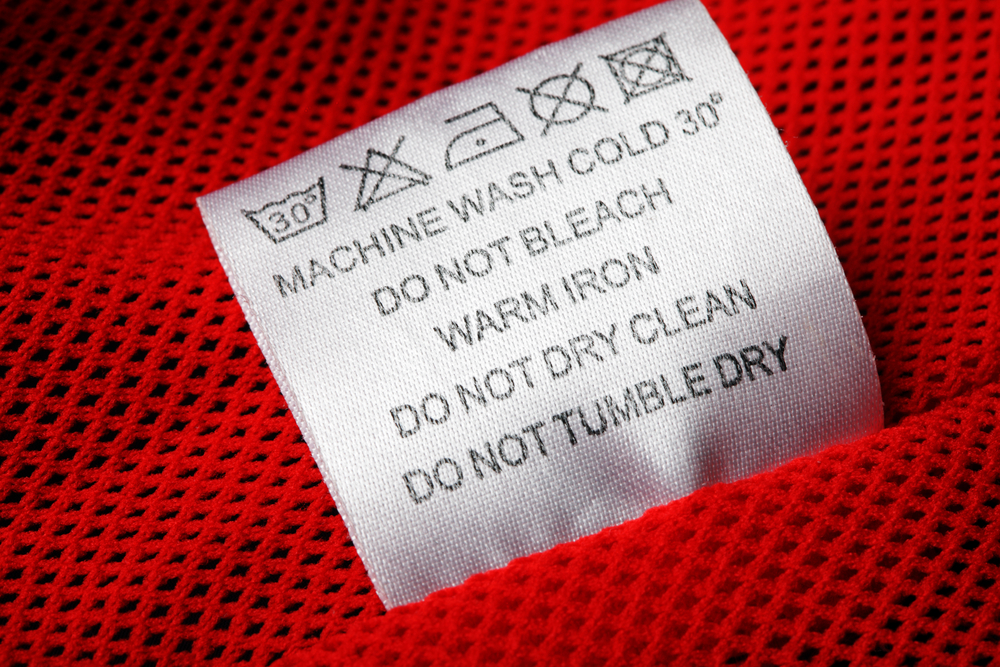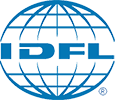USA LABELING QUESTIONS & ANSWERS

IDFL has received many calls and faxes about the new USA Standards for down and feather labeling. The following are the most common questions about the new labeling standards.
DEADLINES FOR CONFORMING TO THE NEW USA LABELING STANDARDS
Sept. 1, 2000
Members of the American Down Association (ADA) began using the new USA labels for all new products.
Jan. 1, 2001
Products sold in California should have the new label.
June 1, 2001
All products on the retail shelves must have the new label as per agreement of the association of state regulators (ABFLO).
1. HAS THE FTC APPROVED THE NEW USA LABELING STANDARDS?
The FTC has published what it deems reasonable for down and feather labeling standards. The USA standards meet the FTC expectation.
The FTC expected ABFLO, ADA, and other industry groups to develop details for new USA labeling standards. The new USA standards meet the FTC requirements as contained in the January 1999 brochure, “Advertising and Labeling of Feather and Down Products.”
2. DO THE STANDARDS APPLY TO BOTH BEDDING & APPAREL?
Yes, the basic labeling standards for filling material apply to both bedding and garments. The old FTC rules for both bedding and garments NO LONGER EXIST. Labeling of garments must follow the new down and feather guidelines agreed on by the American Down Association and ABFLO.
Obviously, the complex bedding label is not necessary for garments. But the basic rules of the down/feather content apply. Each state has individual regulations on what kind of label is required for bedding and garments. In most states the larger, legal hanging tags are required only for bedding. In garments, the down filling content can be listed on the normal collar or side label. Please check with individual states on current requirements.
3. HAVE INDIVIDUAL STATES CHANGED THEIR LABELING LAWS?
California adopted new regulations in April 2000. Other states are working on regulations and policy changes for products sold after June 1, 2001.
The International Sleep Products Association (ISPA) publishes an annual list of state and federal regulation for bedding products in the “2002 Manual Labeling Laws & Registration Requirements.” Please send order from to: ISPA 501 W ythe Street Alexandria, VA 22314-1917
4. WHAT IS THE MINIMUM DOWN REQUIRED FOR THE “DOWN” LABEL?
The new standard requires 75% minimum down clusters (down, nestling down, and plumules) for products labeled “DOWN.” No tolerance is allowed.
5. WHAT IS THE TOLERANCE FOR DOWN & FEATHER “BLENDS?”
No tolerance is allowed for blended products. Products labeled “50% DOWN / 50% FEATHERS” must contain a minimum of 50% actual down cluster.
6. CAN DOWN FIBER BE INCLUDED IN THE “MINIMUM REQUIRED DOWN CLUSTER?”
No. The previous FTC guidelines had a down fiber allowance, but the new standards do NOT include a down fiber allowance. Only down clusters (down, nestling down, and plumules) are included in the down calculation.
7. WHY DO FEATHER AND DOWN PRODUCTS NOT USE THE NORMAL FTC TEXTILE STANDARDS?
The FTC Textile Standard allows only a 3% tolerance. This means that a product labeled “DOWN” would require 97% down. The FTC agrees down and feathers need special guidelines. However, if reasonable labeling standards are not adopted, the FTC might enforce the textile standards.
8. WHAT ARE THE OFFICIAL USA TEST METHODS?
The new USA standards require International Down and Feather Bureau (IDFB) test methods. The IDFB test methods have been recently updated. IDFL, along with Hohenstein Institute, organized the recent update after years of researching and refining test methods.
9. WHAT IS THE PURPOSE OF THE SUB-LABEL IN THE USA STANDARD?
The new USA standard allows for general categories in the label:
DOWN
FEATHERS AND DOWN
DOWN AND FEATHERS
FEATHERS
These labels would be used to generally describe products. These terms could be used in advertising and marketing of products.
The SUB-LABEL allows consumers and retail buyers to distinguish between different qualities of product within a general category. For example, with the proposed sub-labeling two products might be labeled:
Both products are “DOWN,” but the 90% product is generally better.
10. WHAT ABOUT TESTING TOLERANCES OR MANUFACTURING VARIANCES?
The average results of multiple tests of a product must meet or exceed the label. However, a single test result for a product may have a small variance.
11. IS THE SUB-LABEL FOR DOWN PRODUCTS OPTIONAL OR REQUIRED?
The current USA standard requires sub-labels for “DOWN” products.
12. WHAT ABOUT “HYPER-CLEAN,” “SUPER-CLEAN,” & “HYPO-ALLERGENIC” CLAIMS?
The FTC requires that such claims be carefully documented.
13. WHY HAS THE MINIMUM ALLOWANCE FOR DAMAGED FEATHERS INCREASED?
The former FTC requirement of no more than 2% damaged feather was fine for down products, but unrealistic for high feather content products.
The IDFB completed a study which determined that a 7% allowance (of the feather portion) for damaged feathers is realistic.
14. WHAT ABOUT THREADCOUNT AND DOWNPROOF CLAIMS?
Thread count and downproof claims fall under normal FTC guidelines for textiles and honest advertising. Thread count claims should have no more than 3-5% tolerance. The use of double-yarn to double thread count is not accurate. (There is disagreement on how whether to count double yarns as one or two threads.)
15. WHAT IF A PRODUCT HAS MORE THAN 10% DOWN OR FEATHER FIBER?
The new USA standard requires that if down or feather fiber exceeds 10%, such fiber must be listed separately on the label. Single fibers are inferior to down or feathers.
An example label for a product exceeding the fiber minimums would be:
DOWN & FEATHERS: Down 60% / Feathers 25% / Feather Fiber 15%.
16. WHAT IS THE STANDARD FOR OXYGEN NUMBER AND TURBIDITY?
The California regulation requires an oxygen number of 20 or less. Many buyers and some states have considered a stricter requirement (10 or less). No official standard exists for turbidity. Super-clean products generally have a turbidity of 500+. A turbidity of over 200-300 is considered acceptable.
17. HOW DOES THE NEW USA LABELING STANDARD COMPARE TO OTHER COUNTRIES?
JAPAN - Similar to new USA label, Japan includes Fill Power on the label.
CHINA - The Chinese have a standard close to the new USA standard.
CANADA - Canada has always required 75% for down products.
EUROPE - The new European labeling standard is stricter than before and contains additional information, such as fill power.
18. IS THERE A USA STANDARD FOR FILL POWER?
Fill Power is not required on the law tag label. However, if fill power is used in advertising or packaging materials, the accepted tolerance for fill power is ±5%. The official IDFB fill power method uses the Lorch machine. IDFL has tested 1,000 samples with both the USA cylinder and the Lorch machine. The variance between the two cylinders is 0.4%.
19. WHAT IS THE PENALTY FOR MISLABELING DOWN PRODUCTS?
Each state has separate regulations for action against manufacturers and retailers. The FTC may also initiate action. In the past, manufacturers/retailers have been fined and subjected to court action, or their products have been removed from the shelves.
